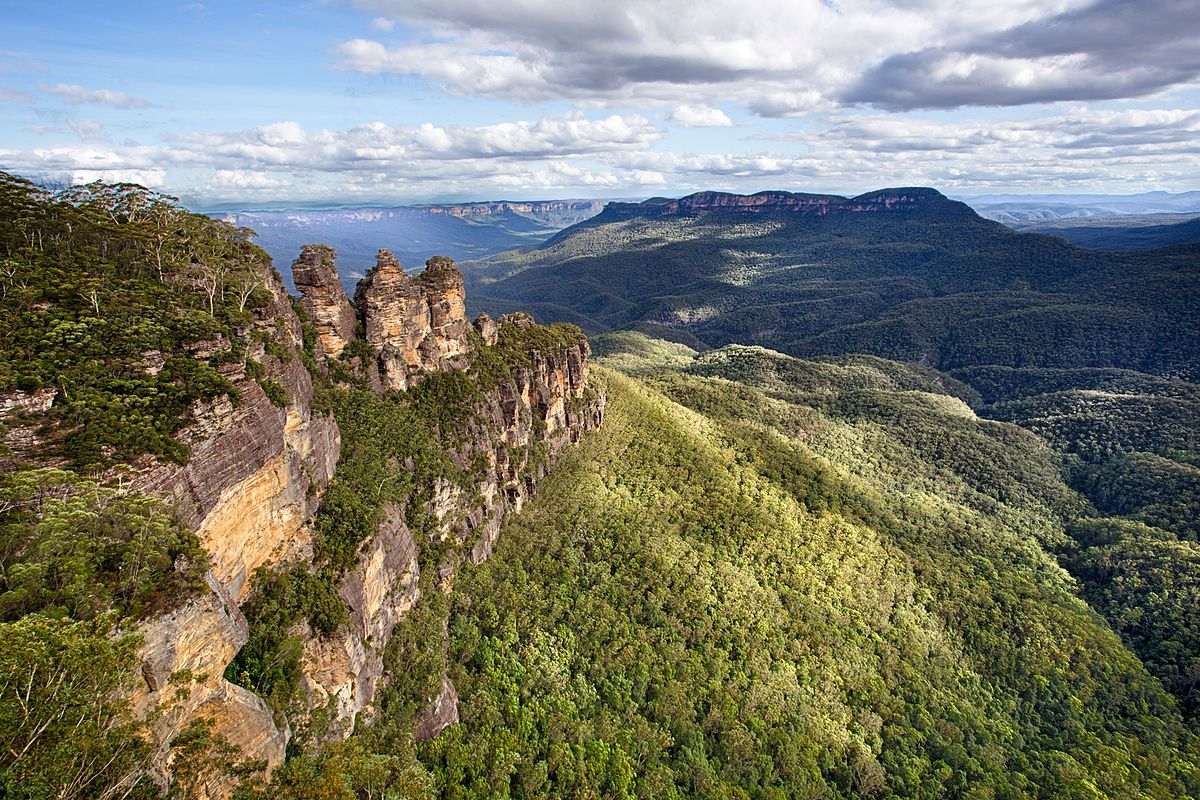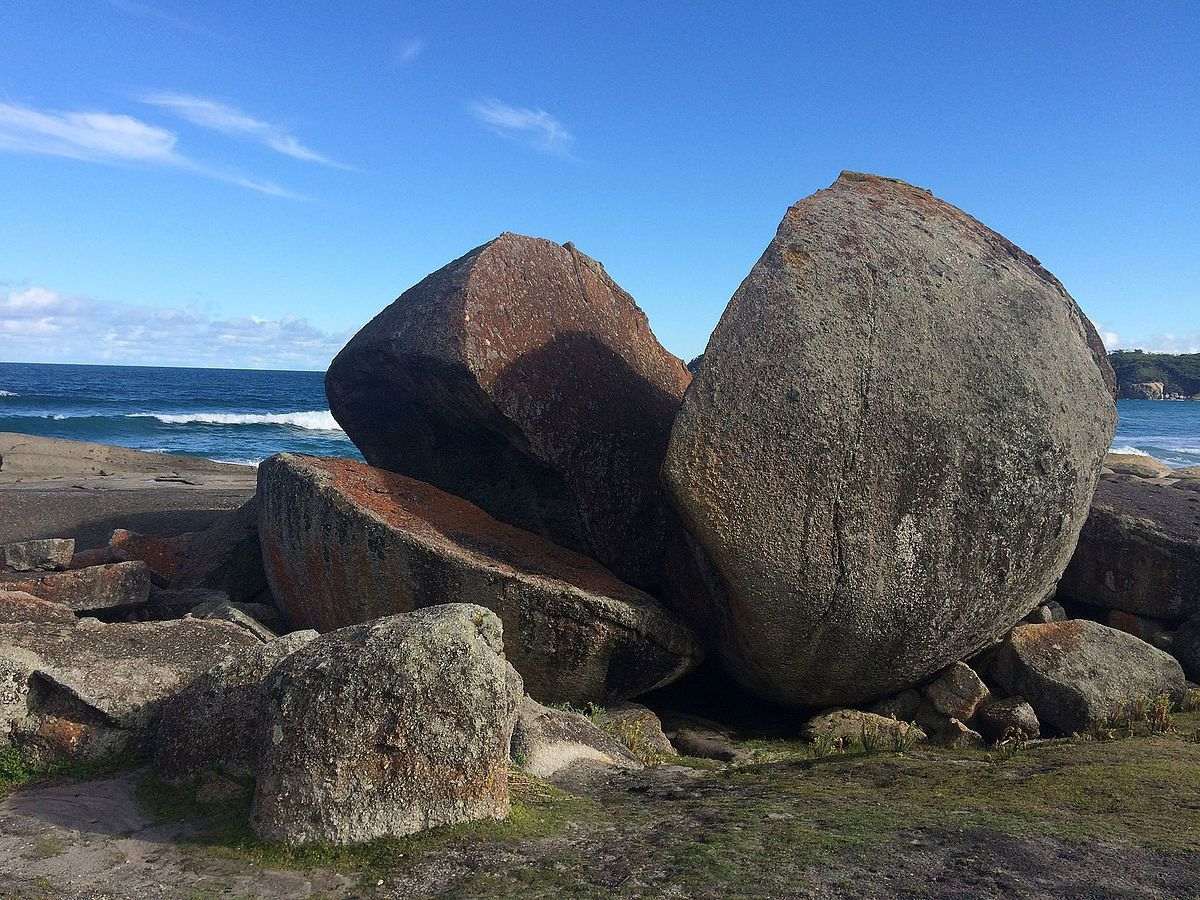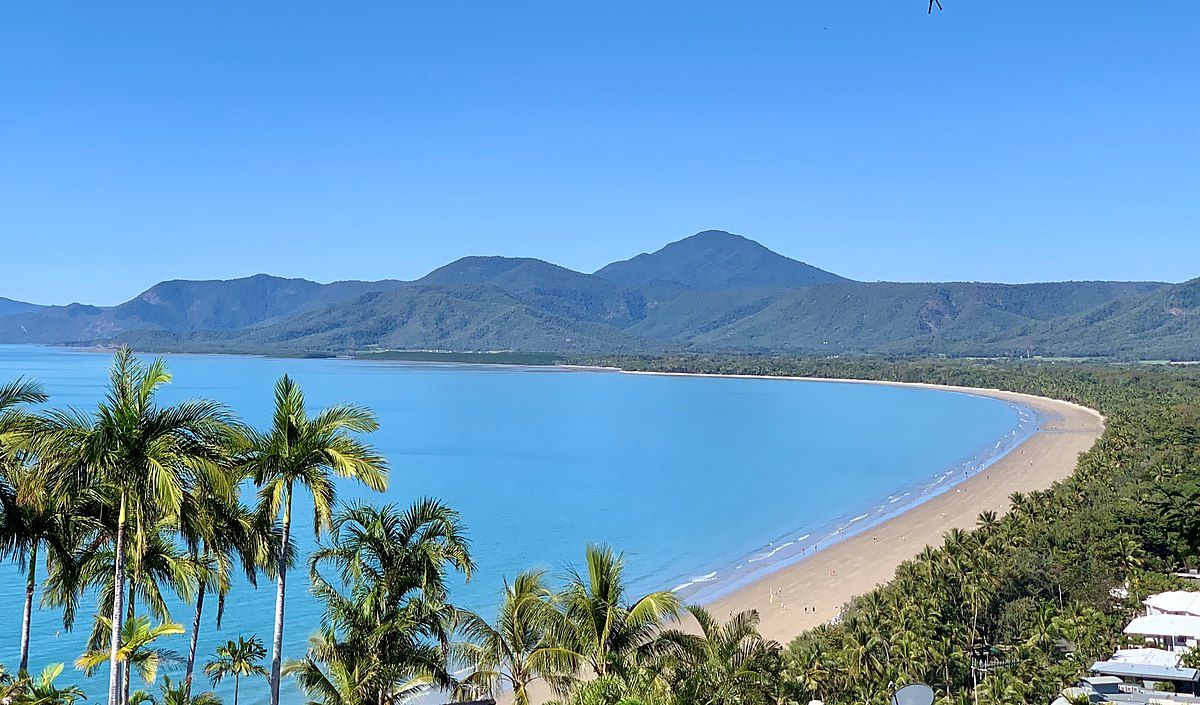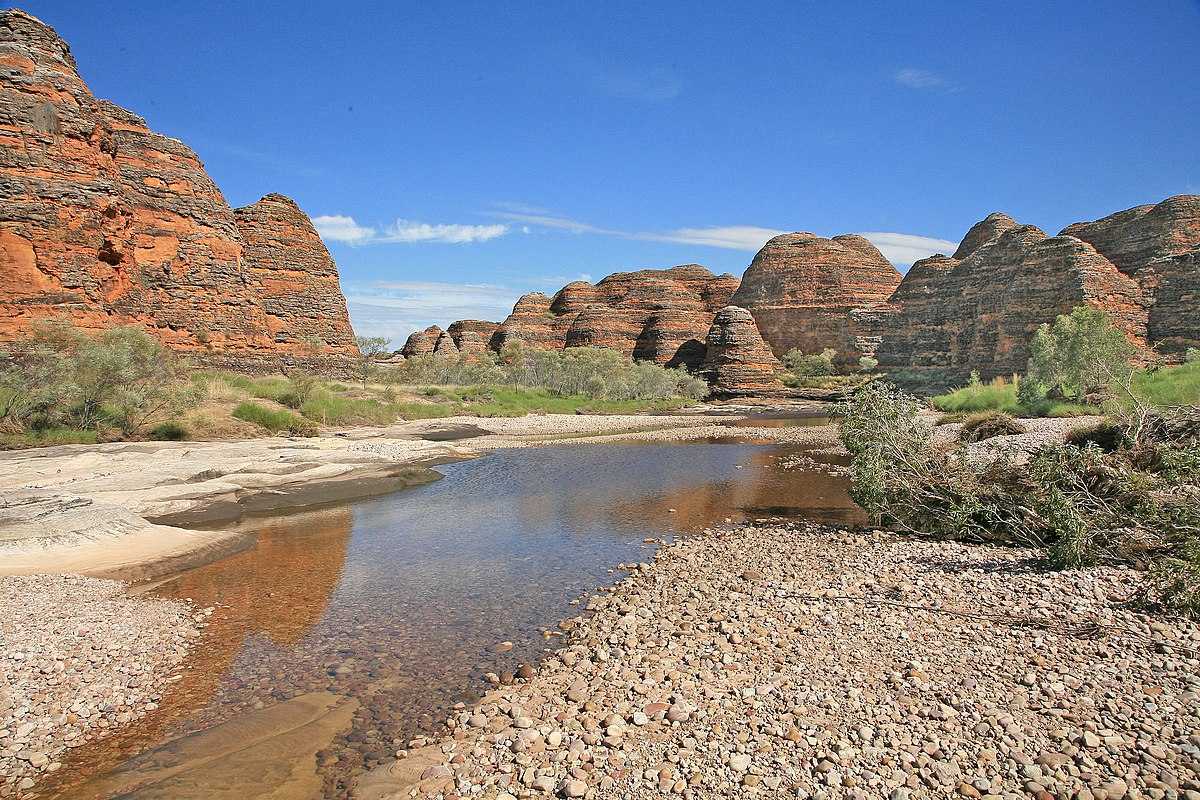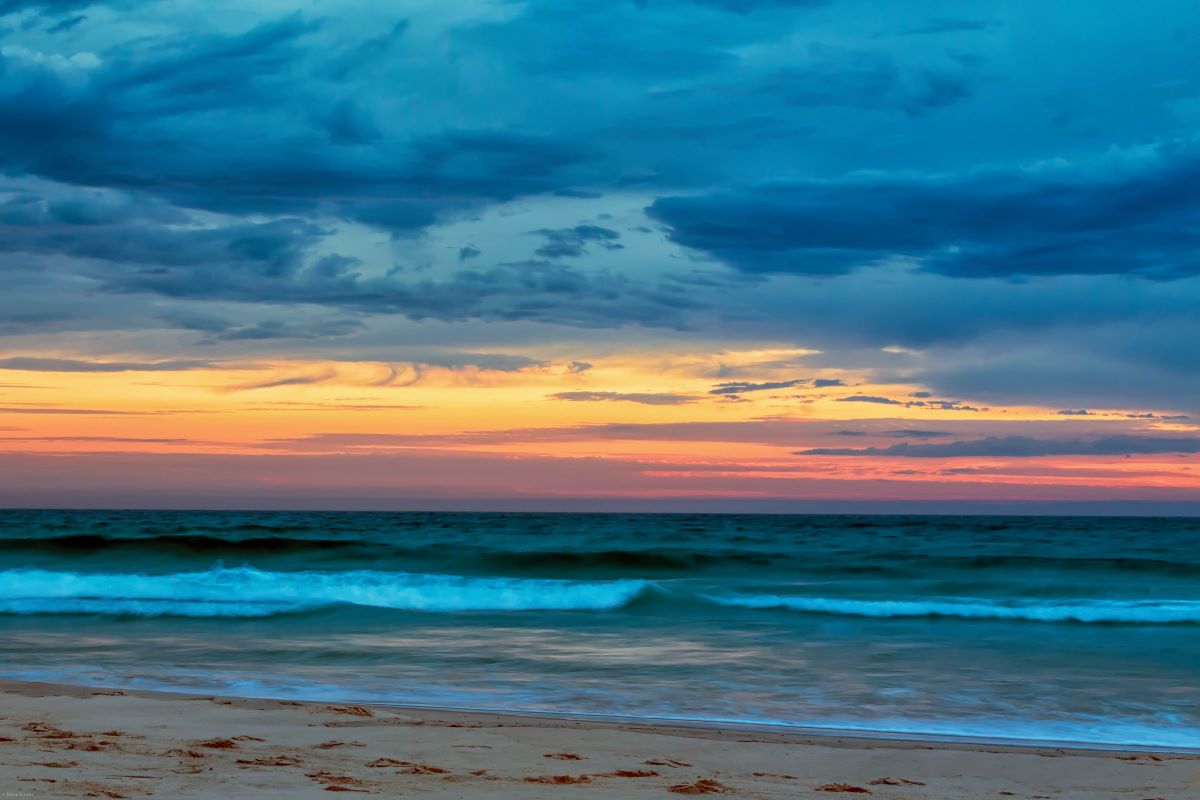Explore Australia’s amazing beauty in its 11 awesome national parks: see ancient things in Kakadu, enjoy blue beaches in Cape Le Grand, discover jungles in Daintree, marvel at coral reefs in the Great Barrier Reef, and check out tall cliffs in the Blue Mountains. You can have exciting adventures, relax, and experience cultural history! In this comprehensive guide, we’ll delve into the 11 Best National Parks in Australia, offering insights into their unique features and the unforgettable experiences they offer.
Here are the 11 Best National Parks in Australia:
1. Uluru-Kata Tjuta National Park, Northern Territory
Uluru-Kata Tjuta National Park is a special place in the middle of Australia. It’s in the Northern Territory, about 440 kilometers southwest of Alice Springs. This park is known for two big rock formations that have been there for millions of years: Uluru (also called Ayers Rock) and Kata Tjuta (also called The Olgas).
Uluru: A Huge Rock
Uluru is a massive sandstone rock that sticks up 348 meters above the flat, red desert. It’s like a giant island in the sand, and its color changes during the day, from red and orange in the morning to purple and blue at sunset.
Uluru is more than just a rock; it’s a special place for the Anangu people, the original owners of the land. They think Uluru is alive, with stories and spirits. Climbing Uluru is not allowed to respect the Anangu culture.
Kata Tjuta: A Bunch of Rocks
Kata Tjuta is a group of 36 rock domes about 25 kilometers west of Uluru. They’re not as tall as Uluru, but they’re still impressive. Each dome has its own unique shape and size, creating a beautiful landscape that changes with the light.
Kata Tjuta is also sacred to the Anangu people, and there are walking trails that go to special places within the domes.
How to reach: 440 kilometers southwest of the park.
Hotel Recommendation:
- Sails in the Desert
- Outback Pioneer Hotel
- Longitude 131°
2. Kakadu National Park, Northern Territory
Kakadu National Park is a huge adventure area in Australia’s Northern Territory, around 170 kilometers southeast of Darwin. Imagine a land larger than Slovenia, filled with:
- Lots of animals: Kakadu is a paradise for wildlife. See crocodiles relaxing on the riverbanks, watch wallabies jumping around, and listen to colorful birds making noise in the trees.
- Very old rock art: Travel back in time with the Aboriginal people who lived in Kakadu for over 50,000 years. Explore rock shelters covered in incredible paintings and carvings that tell stories about their lives and beliefs.
- Exciting landscapes: Kakadu is a treat for the eyes. Hike through tall sandstone cliffs, cruise along billabongs full of crocodiles, and be amazed by the vast floodplains that look like a big green sea.
How to reach: 170 kilometers southeast of Kakadu.
Hotel Recommendation:
- Mercure Kakadu Crocodile Hotel
- Cooinda Lodge Kakadu
- Anbinik Kakadu Resort
Suggested Read: These 10 Places are Must to Visit in Gold Coast
3. Daintree Rainforest National Park, Queensland
Imagine entering a place where really tall trees have been standing for millions of years, sunlight shines through a green leafy roof, and unusual animals live in the rainforest. That’s the wonder of Daintree Rainforest National Park, a special place in Queensland, Australia, recognized by UNESCO.
Daintree is not just any rainforest; it’s the oldest one globally, existing for over 180 million years. That means it has been around since the time of dinosaurs! As you stroll through the thick plants, you might feel like you’ve gone back in time, surrounded by ancient marvels that have lasted for ages.
But Daintree isn’t only about being ancient; it’s also full of life. It’s the home of a wide variety of plants and animals, many of which you can’t find anywhere else on Earth. Look out for:
- Cassowaries: These big birds can’t fly and are the largest in Australia, resembling living dinosaurs.
- Tree kangaroos: These cute animals hop and climb in the trees, making you wonder if they’re real or just something from your imagination.
- Many insects, spiders, and other small creatures: Daintree is a paradise for bug enthusiasts, with a lot of different creatures crawling, flying, and buzzing around you.
How to reach: 100 kilometers north to the park.
Hotel Recommendation:
- Daintree Rainforest Eco Lodge
- Silky Oaks Lodge
- Cape Tribulation Beach House
4. Great Barrier Reef Marine Park, Queensland
Imagine a huge underwater playground that goes on for more than 2,300 kilometers, filled with colorful coral reefs, vibrant fish, and interesting creatures. That’s the wonder of the Great Barrier Reef Marine Park, a massive protected area in the ocean off the coast of Queensland, Australia. It’s the world’s biggest coral reef system and a UNESCO World Heritage Site, known for its amazing variety of life and natural beauty.
A Magical World Underwater:
The Great Barrier Reef Marine Park is like a living museum of sea life. Here’s a peek at what you might find:
- Different kinds and sizes of coral reefs: There are more than 2,900 individual reefs, each with its own special ecosystem, including tall staghorn corals and delicate brain corals.
- Many types of fish: More than 1,500 species of fish live in the reef, such as clownfish, angelfish, parrotfish, and even big manta rays.
- Gentle giants of the sea: Look out for graceful sea turtles, majestic whales, and playful dolphins swimming through the clear waters.
- Lots of interesting creatures: From tiny seahorses and colorful starfish to playful crabs and nudibranchs, the reef is full of fascinating animals waiting to be discovered.
How to reach: Fly to Cairns, the gateway to the reef, then take a boat or seaplane to various reef locations.
Hotel Recommendation: There are no hotels on the Great Barrier Reef itself, but there are many hotels in the nearby towns. Cairns:
- Riley Cairns
- Pullman Reef Hotel Casino
- The Sebel Cairns
Suggested Read: 10 Most Affordable Beach Towns in Alabama 2024
5. Freycinet National Park, Tasmania
Freycinet National Park is a gorgeous coastal park on the east coast of Tasmania, about 125 kilometers (77 miles) northeast of Hobart. It’s known for its beautiful landscapes, such as:
- Wineglass Bay: This beach has a curved shape, with white sand and turquoise water, and many people think it’s one of the most stunning beaches in Australia.
- Hazards Mountains: These rough mountains provide amazing views of the coastline and have challenging hiking trails for people who are good at hiking.
- Friendly Beaches: Other pretty beaches in the park include Honeymoon Bay, Sleepy Bay, and Little Waterloo Bay. Each of them has different scenery and things to experience.
How to reach: 190 kilometers to Freycinet.
Hotel Recommendation:
- Freycinet Lodge
- Friendly Beaches Lodge
- Waldheim Chalet
6. Blue Mountains National Park, New South Wales
Blue Mountains National Park, a beautiful area with tall cliffs, waterfalls, and green forests, is just west of Sydney, New South Wales, Australia.
This special place, recognized by UNESCO, is known for its stunning views, different plants and animals, and lots of chances for fun.
Why are they called the Blue Mountains?
The “blue” comes from the oil that eucalyptus trees release. When it mixes with air, moisture, and sunlight, it makes the mountains look a bit blue.
What can you do in the Blue Mountains National Park?
There’s something for everyone here:
- Walk in old canyons: Explore cool places like Grose Canyon and see tall rocks like the Three Sisters.
- Ride the Scenic Railway: Have an exciting trip through the mountains on the steepest incline railway in the world.
- Soar above the trees: See the park from above by taking a ride in the Scenic Cableway or Skyway gondolas.
- Find hidden waterfalls: Walk to pretty waterfalls like Katoomba Falls and Wentworth Falls for a refreshing swim.
- Visit small towns: Check out the cool towns like Katoomba, Leura, and Blackheath, each with its own shops, cafes, and history.
- See local animals: Look out for kangaroos, wallabies, kookaburras, and other Australian animals.
How to reach: 80 kilometers west to the Blue Mountains.
Hotel Recommendation:
- Lilianfels Resort & Spa
- Fairmont Resort MGallery, Blue Mountains
- Parklands Country Gardens and Lodge
Suggested Read: 7 Most Affordable Ski Resorts In The USA
7. Wilsons Promontory National Park, Victoria
Wilsons Promontory National Park is a stunning coastal park at the very bottom of mainland Australia, about 200 kilometers southeast of Melbourne, Victoria. Here are some cool things about it:
- Different animals: See kangaroos, wallabies, wombats, echidnas, and over 200 kinds of birds, including the rare hooded plover Ancient landscapes: Explore big mountains made of granite that have been around for millions of years, shaped by wind and waves.
- Lots of walking paths: Take a walk to see amazing views, secret waterfalls, and quiet beaches. The paths vary from easy walks to more challenging hikes.
How to reach: 220 kilometers southeast to Wilsons Promontory.
Hotel Recommendation:
- Tidal River Camping Ground
- Darby River Camping Area
- The Lodge Restaurant & Accommodation
8. Port Douglas, Queensland
Port Douglas is a nice town on the Coral Sea coast of Queensland, Australia, about 70 kilometers north of Cairns. It’s famous for:
- Great location: It’s in between the lush Daintree Rainforest and the Great Barrier Reef, giving you a mix of rainforest, reef, and beach experiences.
- Relaxed vibe: With its easygoing lifestyle and friendly people, Port Douglas is a great place to chill and get away from the busy city.
- Lots of shopping: Check out cool stores for nice clothes, souvenirs, and things made by local artists in the town’s shops.
How to reach: 70 kilometers north to Port Douglas.
Hotel Recommendation:
- Peppers Beach Club & Spa Port Douglas
- Sheraton Grand Mirage Resort Port Douglas
- QT Port Douglas
Suggested Read: Top Tourist Places to Visit in Shimla, India
9. Purnululu National Park (Bungle Bungle Range), Western Australia
Purnululu National Park, also known as the Bungle Bungle Range, is a stunning and unique place in the Kimberley region of Western Australia, about 300 kilometers southeast of Kununurra. It’s famous for its special features:
Beehive domes: The most famous part of the park is its tall beehive-shaped domes, reaching up to 300 meters high. These domes are made of sandstone that has changed shape over millions of years because of weathering and erosion.
Sandstone gorges: The park also has deep sandstone gorges, some as deep as 200 meters. These gorges are great for exploring, hiking, and swimming in natural pools.
Ancient Aboriginal culture: The Bungle Bungle Range has been a home for Aboriginal people for a very long time. There are rock paintings and engravings in the park that tell stories about their culture and connection to the land.
How to reach: 250 kilometers south to Purnululu.
Hotel Recommendation:
- Purnululu Safari Camp
- Kimberleyland Roadhouse & Caravan Park
- Bell Gorge Wilderness Lodge
10. Cape Le Grand National Park, Western Australia
Cape Le Grand National Park is a beautiful coastal spot in Western Australia, about 631 kilometers southeast of Perth and 56 kilometers east of Esperance. Picture a place with:
- Big rocky hills: awesome rock formations sticking out into the blue waters of the Indian Ocean.
- Pretty white sand beaches: clean, soft stretches of sand, perfect for swimming, sunbathing, and enjoying the amazing views.
- Green heathlands: areas with lots of different flowers and animals, making a colorful contrast to the rocky coast.
How to reach: 56 kilometers east to Cape Le Grand.
Hotel Recommendation:
- Lucky Bay Campground
- Le Grand Beach Resort
- The Eco Beach Resort
Suggested Read: 10 Most Affordable Beach Towns in Alabama
11. Lord Howe Island, New South Wales
Imagine a small island, just 10 kilometers long, where time moves slowly and it feels like you’re in a picture-perfect place. That’s Lord Howe Island, a hidden treasure in the Tasman Sea, about 700 kilometers northeast of Sydney, Australia.
What makes Lord Howe Island special?
Beautiful Nature: Most of the island is covered in green forests, hiding waterfalls, quiet beaches, and tall volcanic peaks. It’s like a magical place waiting for you to explore.
- Limited Visitors: Only around 400 tourists can be on the island at a time, so it stays peaceful and untouched.
- Unique Animals: See special birds like the Lord Howe Island Woodhen and the Kookaburra Shrike, find turtles laying eggs on clean beaches, and watch whales passing by during migration.
- World Heritage Site: Because of its amazing natural beauty and diverse wildlife, Lord Howe Island is recognized by UNESCO as a World Heritage Site.
How to reach: Fly to Sydney, then take a 2-hour flight to Lord Howe Island.
Hotel Recommendation:
- Admiralty apartments
- Arajilla Retreat
- Beachcomber Lodge
Hope you liked this article on 11 Best National Parks in Australia. Do share your views with me within the comments section below. If this article was helpful, do share this post with your friends on Facebook and Twitter. It would mean a lot.
Hey there! I’m Santu Chakraborty and I’m not your typical traveler. By day, I wrangle circuits and solve electrical mysteries as an engineer, but my true passion lies in exploring the world and sharing those experiences with you. For the past five years, this blog has been my canvas, where I paint stories of adventure, practical travel tips, and cultural insights to ignite your wanderlust. So, come join me on my journeys and discover the magic that awaits just beyond the horizon!







